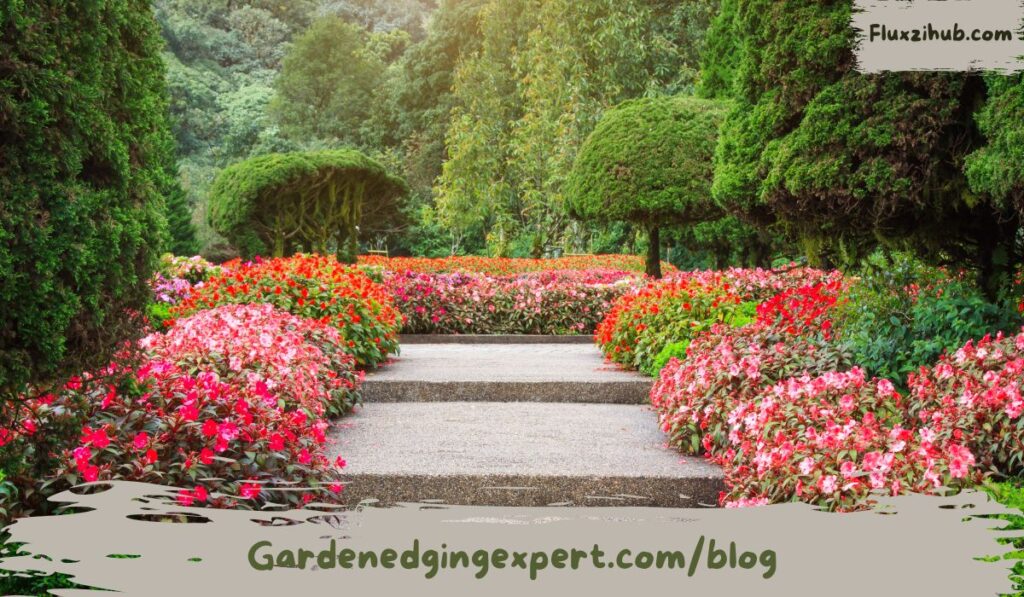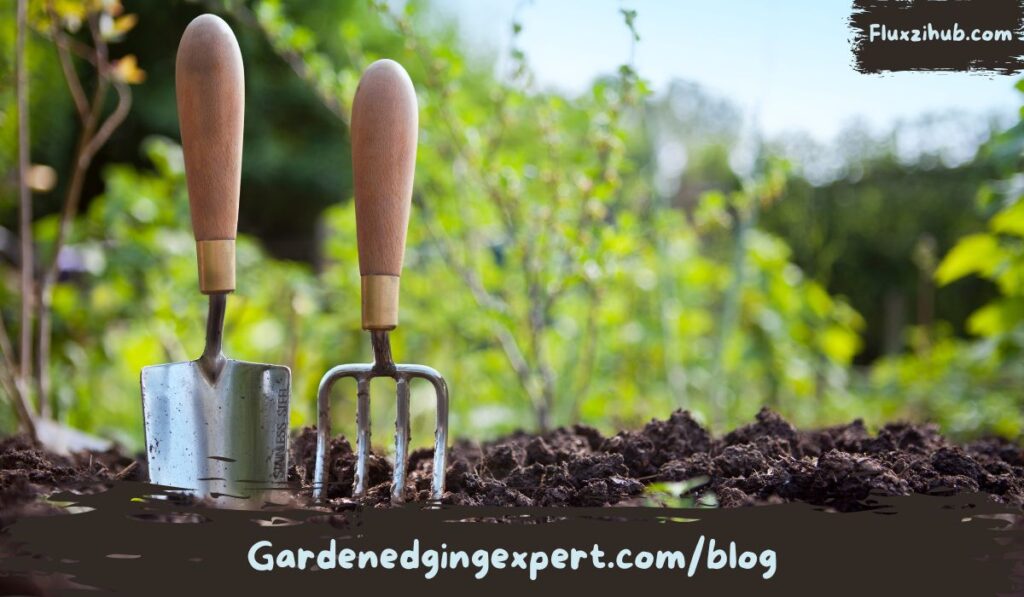
Gardenedgingexpert.com/blog plays a pivotal role in defining the boundaries of your outdoor space, providing both aesthetic appeal and functional benefits. Whether you’re looking to create a neat separation between lawns and flower beds or prevent soil erosion, this guide will walk you through everything you need to know about garden edging, from choosing materials to installing and maintaining them.
Benefits of Gardenedgingexpert.com/blog
Gardenedgingexpert.com/blog enhances your landscape design by offering a range of practical advantages:
- Weed Prevention: A well-installed garden edge helps block invasive weeds from spreading into garden beds, saving you time and effort on maintenance.
- Soil Retention: Proper edging prevents soil from eroding or spilling onto paths, maintaining the integrity of your garden’s layout.
- Improved Aesthetics: Gardenedgingexpert.com/blog provides a crisp, clean boundary between different areas of your yard, such as between grass, flower beds, and walkways.
- Water Management: By directing water to flow where it’s needed, Gardenedgingexpert.com/blog helps optimize irrigation and reduces runoff.
- Reduced Maintenance: Clear garden borders reduce the need for frequent weeding, trimming, and other upkeep efforts.
Read Also: Wordiply Today: Success with Expert Tips & Common Pitfalls to Avoid
Types of Gardenedgingexpert.com/blog Materials

Choosing the right Gardenedgingexpert.com/blog material depends on factors such as your garden style, climate, and budget. Here are popular materials and their unique features:
| Material | Advantages | Disadvantages |
|---|---|---|
| Plastic | Affordable, easy to install, flexible for curves | May warp over time, less durable |
| Metal | Sleek and modern, highly durable, low maintenance | Expensive, may rust without treatment |
| Wood | Natural look, blends well with outdoor environments | Prone to rot, requires regular maintenance |
| Stone | Long-lasting, elegant appearance, weather-resistant | Heavy, difficult to install |
| Concrete | Customizable shapes, highly durable, minimal upkeep | High installation cost, permanent |
DIY Gardenedgingexpert.com/blog Installation Tips
Creating your own Gardenedgingexpert.com/blog can be a fun and rewarding project. Follow these steps for a professional finish:
- Plan and Measure: Outline the area to be edged, ensuring you account for curves and angles. Accurate measurements will help avoid material wastage.
- Choose the Right Material: Depending on your garden’s aesthetic and local climate, select a material that complements your space.
- Dig a Trench: Use a spade or an edging tool to dig a shallow trench where you plan to install the edging.
- Install the Edging: Place your chosen edging material into the trench, ensuring it is straight and level. Tap it down securely using a rubber mallet.
- Secure the Edging: Depending on the material, you may need to use stakes or adhesives to ensure a secure fit.
- Backfill and Finish: Fill the trench with soil, gravel, or mulch for a polished appearance.
Common Mistakes to Avoid

When installing garden edging, avoid these frequent mistakes:
- Insufficient Planning: Not considering the long-term layout of your garden can lead to poorly placed edging that disrupts plant growth.
- Using Incorrect Materials: Choosing materials unsuited for your climate can lead to early wear and tear, such as wood rotting or metal rusting.
- Improper Installation: Without proper tools or anchoring, edging may shift or become misaligned over time.
- Neglecting Maintenance: Failure to clean or repair your garden edge can lead to deterioration and reduce the overall lifespan of your edging materials.
Read Also: Ronnie Coleman Before Bodybuilding: Turned 8-Time Mr. Olympia
Seasonal Garden Edging Tips
Your garden edging requires different levels of care depending on the season. Here are some tips to keep your edges in top shape year-round:
- Spring: After winter, inspect your edging for any damage caused by freezing and thawing. Repair any cracks or shifts.
- Summer: Maintain your edging by removing weeds and grass that may grow near or over it.
- Fall: Reinforce your edging before the cold months by adding extra soil or mulch around it to protect from frost damage.
- Winter: In colder climates, use edging materials like stone or concrete that can withstand freezing temperatures.
Creative Edging Ideas to Elevate Your Garden

Want to add a unique touch to your garden? Consider these creative edging ideas:
- Recycled Materials: Use upcycled bricks, bottles, or timber for a rustic, eco-friendly edge.
- Mosaic Edging: Incorporate colorful tiles or glass pieces into concrete or stone edges for an artistic flair.
- Living Edges: Plant low-growing plants like thyme or sedum along garden borders to create a natural, green edge.
Read Also: RS 149 Bear Design Long-Sleeve Baby Jumpsuit Thespark Shop
FAQs
Q1: What is the best material for garden edging?
A. The best material depends on your garden’s style and climate. Metal and stone are durable, while wood and plastic are more affordable but require more maintenance.
Q2: How deep should I install garden edging?
A. The trench for garden edging should typically be around 4 to 6 inches deep, allowing for a secure fit that prevents shifting.
Q3: Can I install garden edging on my own?
A. Yes, garden edging can be a simple DIY project. Just make sure to plan carefully and use the right tools for the best results.
Q4: How do I prevent weeds from growing through garden edging?
A. To prevent weeds, install landscape fabric under the edging and use mulch or gravel to cover the fabric, creating an additional barrier.






